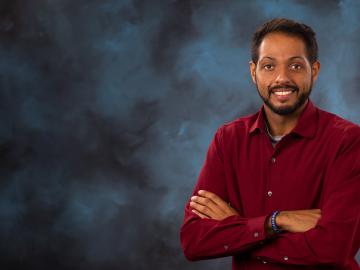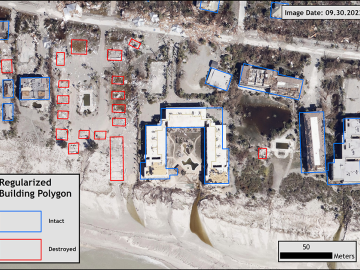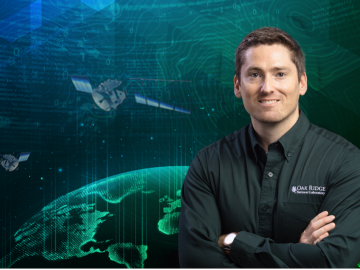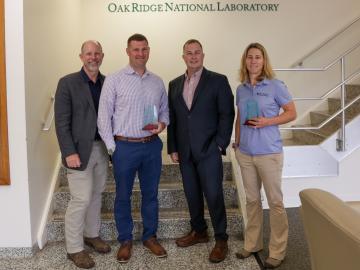
Filter News
Area of Research
- (-) Fusion and Fission (25)
- (-) National Security (49)
- Advanced Manufacturing (2)
- Biological Systems (2)
- Biology and Environment (55)
- Computer Science (1)
- Electricity and Smart Grid (1)
- Energy Science (38)
- Fuel Cycle Science and Technology (1)
- Functional Materials for Energy (1)
- Fusion Energy (15)
- Isotopes (25)
- Materials (37)
- Materials for Computing (3)
- Neutron Science (12)
- Nuclear Science and Technology (15)
- Quantum information Science (3)
- Supercomputing (52)
News Topics
- (-) Bioenergy (4)
- (-) Cybersecurity (19)
- (-) Frontier (2)
- (-) Fusion (23)
- (-) Isotopes (1)
- (-) National Security (35)
- 3-D Printing/Advanced Manufacturing (5)
- Advanced Reactors (7)
- Artificial Intelligence (13)
- Big Data (6)
- Biology (6)
- Biomedical (3)
- Biotechnology (1)
- Buildings (2)
- Chemical Sciences (6)
- Composites (1)
- Computer Science (21)
- Coronavirus (2)
- Critical Materials (1)
- Education (1)
- Energy Storage (6)
- Environment (7)
- Exascale Computing (2)
- Fossil Energy (1)
- Grid (8)
- High-Performance Computing (6)
- ITER (6)
- Machine Learning (12)
- Materials (3)
- Materials Science (7)
- Microscopy (1)
- Nanotechnology (2)
- Neutron Science (5)
- Nuclear Energy (31)
- Partnerships (8)
- Physics (2)
- Quantum Science (1)
- Security (13)
- Simulation (4)
- Space Exploration (1)
- Summit (2)
- Transportation (4)
Media Contacts

Although blockchain is best known for securing digital currency payments, researchers at the Department of Energy’s Oak Ridge National Laboratory are using it to track a different kind of exchange: It’s the first time blockchain has ever been used to validate communication among devices on the electric grid.

Having lived on three continents spanning the world’s four hemispheres, Philipe Ambrozio Dias understands the difficulties of moving to a new place.

Laboratory Director Thomas Zacharia presented five Director’s Awards during Saturday night's annual Awards Night event hosted by UT-Battelle, which manages ORNL for the Department of Energy.

Over the past seven years, researchers in ORNL’s Geospatial Science and Human Security Division have mapped and characterized all structures within the United States and its territories to aid FEMA in its response to disasters. This dataset provides a consistent, nationwide accounting of the buildings where people reside and work.

Though Scott Stewart recently received an Early Career Award from the Institute of Nuclear Material Management, he is regarded as a seasoned professional in the nuclear field with over 10 years of experience.

Researchers in the geothermal energy industry are joining forces with fusion experts at ORNL to repurpose gyrotron technology, a tool used in fusion. Gyrotrons produce high-powered microwaves to heat up fusion plasmas.

When Matt McCarthy saw an opportunity for a young career scientist to influence public policy, he eagerly raised his hand.

Cameras see the world differently than humans. Resolution, equipment, lighting, distance and atmospheric conditions can impact how a person interprets objects on a photo.

Though Nell Barber wasn’t sure what her future held after graduating with a bachelor’s degree in psychology, she now uses her interest in human behavior to design systems that leverage machine learning algorithms to identify faces in a crowd.

In front of family and friends, Lt. Col. Jessica Critcher and Maj. Micah McCracken gave their final report on their eye-opening year as ORNL military fellows.


